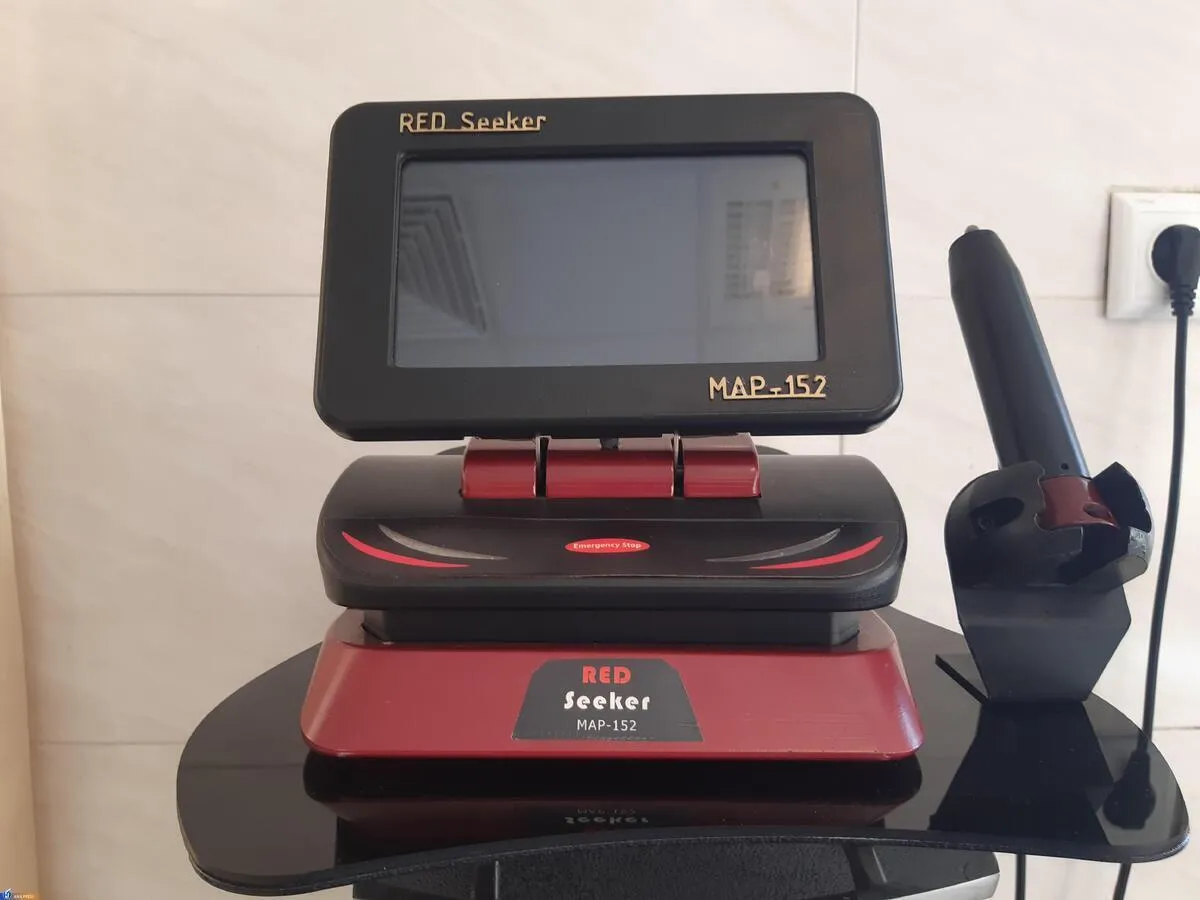Iranian Knowledge-Based Firm Produces High-Quality Laser Physiotherapy System

“This laser system, by using the laser beam, its penetration into the skin and its absorption by the tissue under laser radiation, strengthens and increases the proliferation of immune cells and lymphatic activity, along with muscle relaxation, which heightens the pain threshold and improves inflammation,” Amin Ahmadi, the managing director of the knowledge-based company, told ANA.
“Today, this laser system is used in physiotherapy offices, rehabilitation clinics and physical medicine as a powerful tool for applications like reducing pain, increasing the speed of tissue repair and cell growth, increasing the speed of the wound healing process, improving nerve function, reducing inflammation, effect on blood vessels, increasing the speed of blood flow and increasing metabolic activity,” he added.
Ahmadi noted that the important thing about this system is the use of diode laser technology connected to optical fiber (detachable), adding that the company's diode laser is equipped with fiber detection system, laser power detection photodiode, and switching technology to make electronic circuits.
In a relevant development in September, Iranian researchers at a knowledge-based company used state-of-the-art technology to design and make a rehabilitation device for the joints and muscles which works actively and adaptively.
“We have built an active and adaptive joint and muscle rehabilitation device which has two canals of electrical stimulation with the ability to adjust the output current, calculate the torque of the patient's joint in active resistance and support movement, enjoys the ability to adjust the height and use it for all joints, and has an easy-to-use touch screen,” said Adel Parvizi Fard, the managing director of the knowledge-based company stationed at the Innovation Center of the Science and Technology Park of the Academic Center for Education, Culture and Research in Kermanshah.
Noting that the range of motion of the injured joint is improved with the help of this device, he said, “After the joint has recovered and its range of motion has returned to normal, the next step is to work on the patient's muscle, and adaptively, the amount of force that the muscle needs to apply to the joint in an isokinetic way.”
“Also, the axis in which the joint is placed is repaired with the help of this device; the affected joint moves in a reciprocating axis (to the extent that the patient is able to move),” Parvizi Fard stated.
“Actually, this device is like a multi-purpose physiotherapy device that we can adjust the opening and closing mode by controlling the electrical stimulation of the current and provide all of them as a complete package of rehabilitation services to the patient,” he underlined.
4155/v





















